Ukrainian soldiers on military vehicles (Illustration photo: EFE).
The war is concentrated in Donbas
After the offensive along the border of Sumy and Kharkiv, Russia's main strategic target remains Donetsk, especially the town of Kostiantynivka, a vital logistics hub. Capturing the town would bring Russia closer to Kramatorsk, the last major city in Donetsk that has not been captured.
Ukraine is having difficulty allocating its forces as it must both defend its northern border and maintain the hotspots in Donbas. The enemy's withdrawal from Kursk to reinforce Donetsk has been slowed down, giving Russia an opportunity to penetrate the defense lines in the Pokrovsk-Toretsk region.
Tech Wars: Drones and Missiles
Russia and Ukraine are stepping up their technology race, especially in the production and use of drones.
Russia has increased production of suicide drones from 300 a month to 100 a day, mainly the Geran-2, a localized version of the Iranian-designed Shahed drone. With new engines, they fly higher, carry more explosives and are harder to intercept.
In addition, Russia is widely deploying FPV drones using fiber optic cables up to 40km long, which are immune to electronic jamming. These drones have destroyed many Ukrainian logistics lines and caused great difficulties for frontline units.
Ukraine, on the other hand, has a formidable “drone wall,” using FPV drones to attack Russian logistics positions as far as 15 kilometers behind the front line. However, some Ukrainian soldiers admit that the initial advantage in drones has been caught up and even surpassed by Russia in numbers.
Human resources: Russia still has the advantage
One of Russia's key advantages is its vast pool of manpower. By offering huge bonuses, Russia has attracted tens of thousands of recruits.
The number of Russian troops in Ukraine has increased from 500,000 to 620,000 in just one year, despite losses that are expected to reach more than 400,000 soldiers by 2024.
Meanwhile, Ukraine has yet to implement a full-scale mobilization. The government has not forced men under 25 to join the front, instead launching an “18-24” campaign with financial incentives and housing subsidies. Despite the progress, recruitment has not kept pace with actual needs.
Difficult position for each side
A major concern for Ukraine is the uncertainty over US aid. Under President Biden, the US has provided tens of billions of dollars in military aid. However, when President Donald Trump returns to the White House, many experts fear that this aid will be sharply cut.
The United States provides two crucial elements of support: high-altitude air defense missiles and strategic intelligence sharing, which Europe has not been able to replace.
However, Europe has begun to step up its role, with Germany providing Patriot systems and assisting Ukraine with additional interceptor missiles. In addition, Ukraine now produces about 40% of its offensive weapons domestically, and could increase this with the right investment.
With Russia, although the military machine is still running well, signs of cracks are starting to appear with economic problems. Inflation is rising sharply, especially food and vegetable prices, which increased by 20% last year alone.
The Russian Central Bank has had to raise interest rates to 21% to control inflation, which has stifled private investment. The National Wealth Fund, Russia's strategic reserve, is running out.
Meanwhile, Russia is still losing about 1,400 tanks a year, a rate that analysts say is unsustainable. While Russia has about 3,500 tanks in reserve, many of them are obsolete or beyond repair.
Is the situation changing?
Ukraine’s main tactic now is to “hold out,” wearing down Russia while waiting for other factors to change: increased drone production, expanded recruitment, and increased aid from Europe.
If it survives this summer, Ukraine could slow down Russia's advance and even force Moscow to consider a negotiated solution, not from a position of strength, but on the basis of concessions.
While there are no clear signs of a major counterattack, Ukraine is playing a long-term strategic game. While Russia has a temporary advantage in numbers and firepower, modern warfare requires economic, technological and social resilience. And that is where Ukraine still has a chance.
According to Dan Tri
Source: https://baothanhhoa.vn/the-tran-nga-ukraine-khi-vua-danh-vua-dam-251344.htm


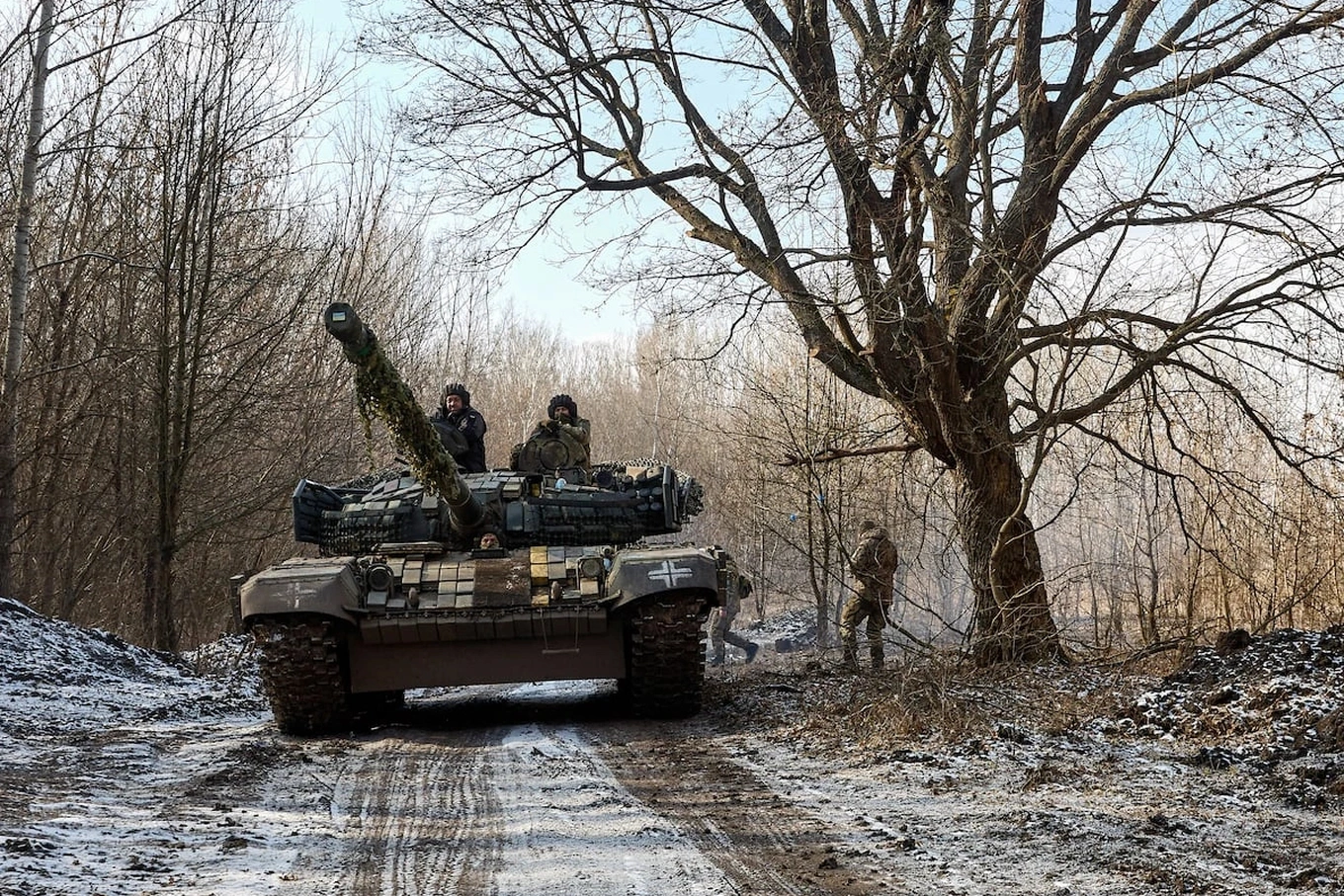











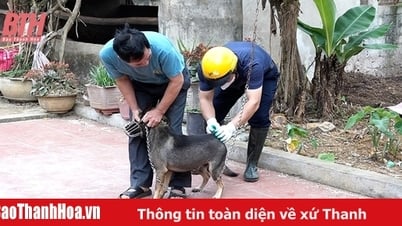






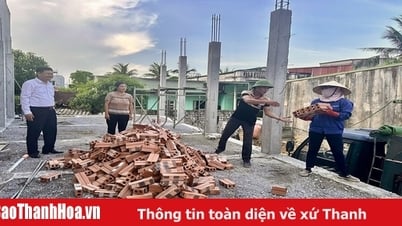

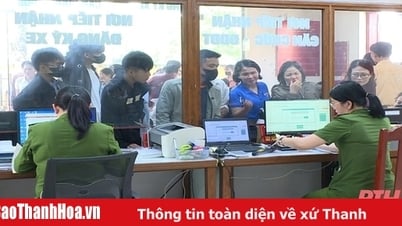

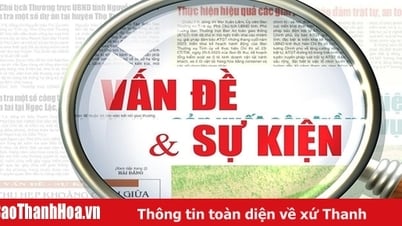































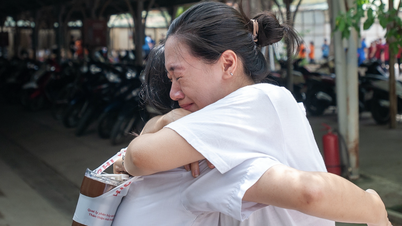





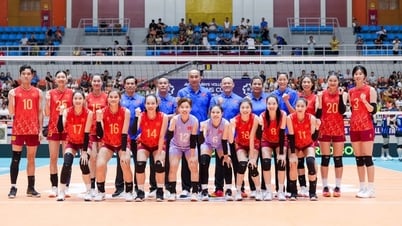







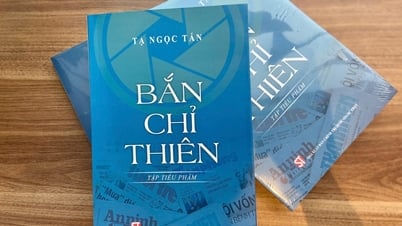




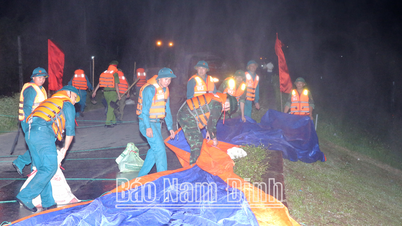
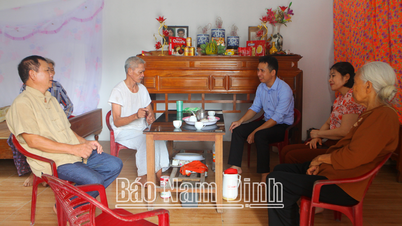








![[OCOP REVIEW] Tu Duyen Syrup - The essence of herbs from the mountains and forests of Nhu Thanh](https://vphoto.vietnam.vn/thumb/402x226/vietnam/resource/IMAGE/2025/6/5/58ca32fce4ec44039e444fbfae7e75ec)


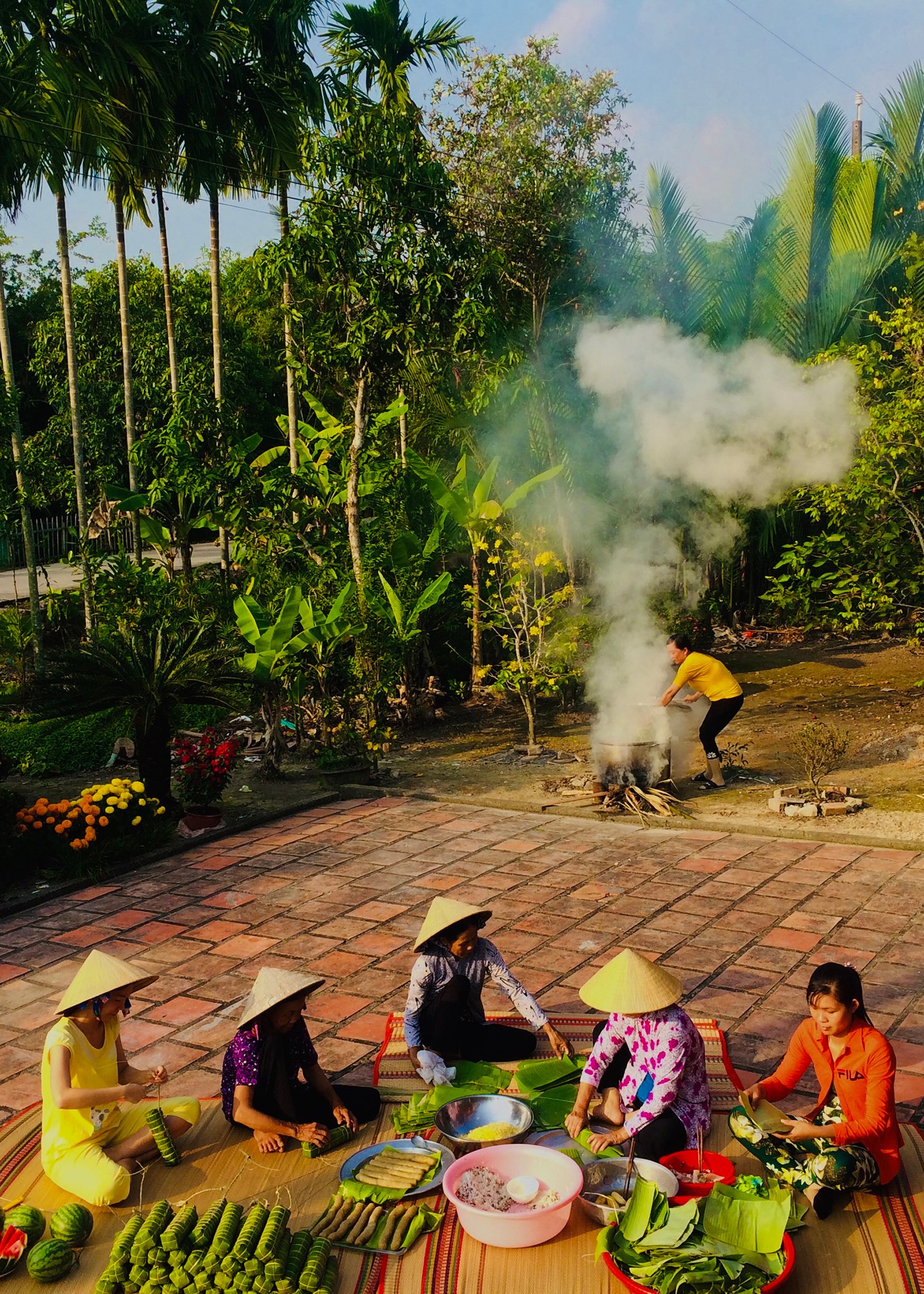
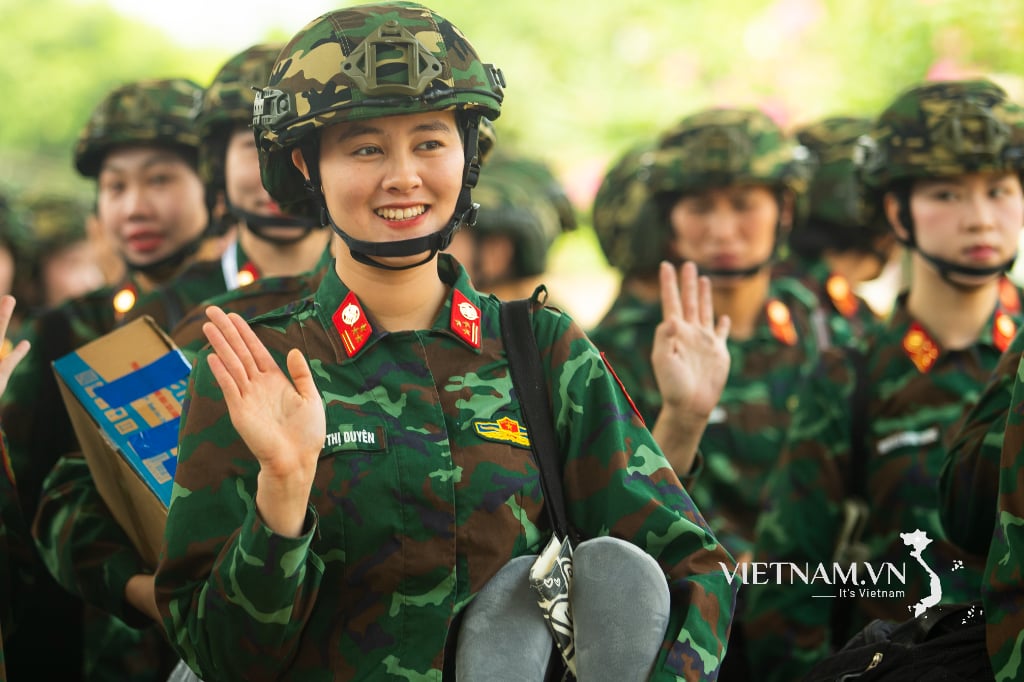
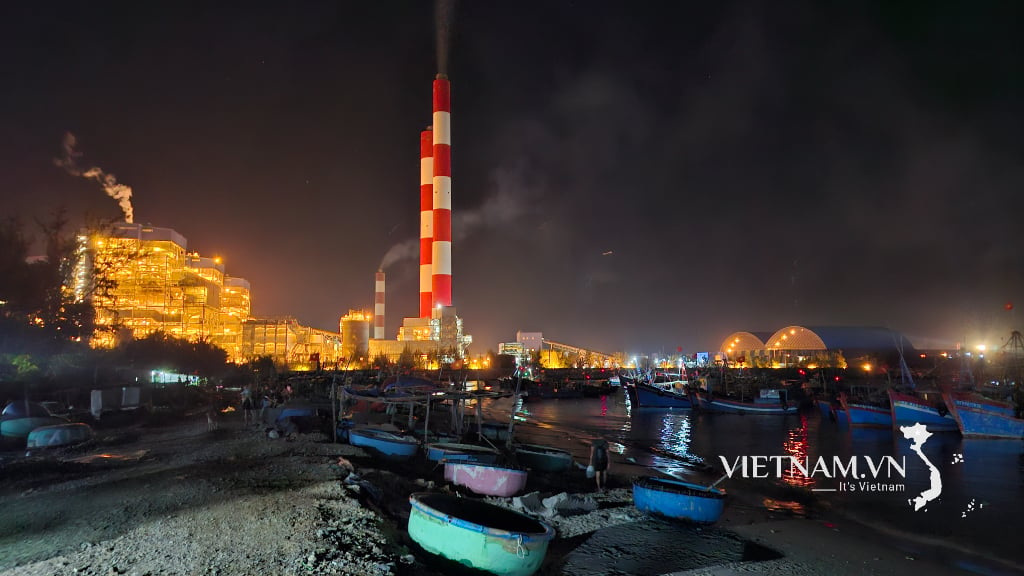

Comment (0)